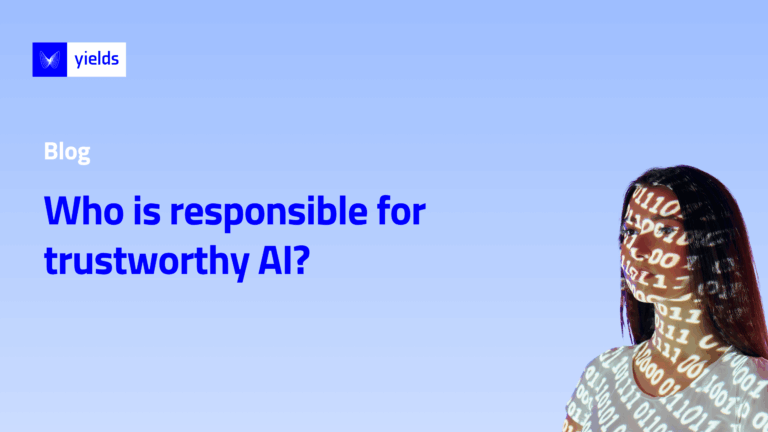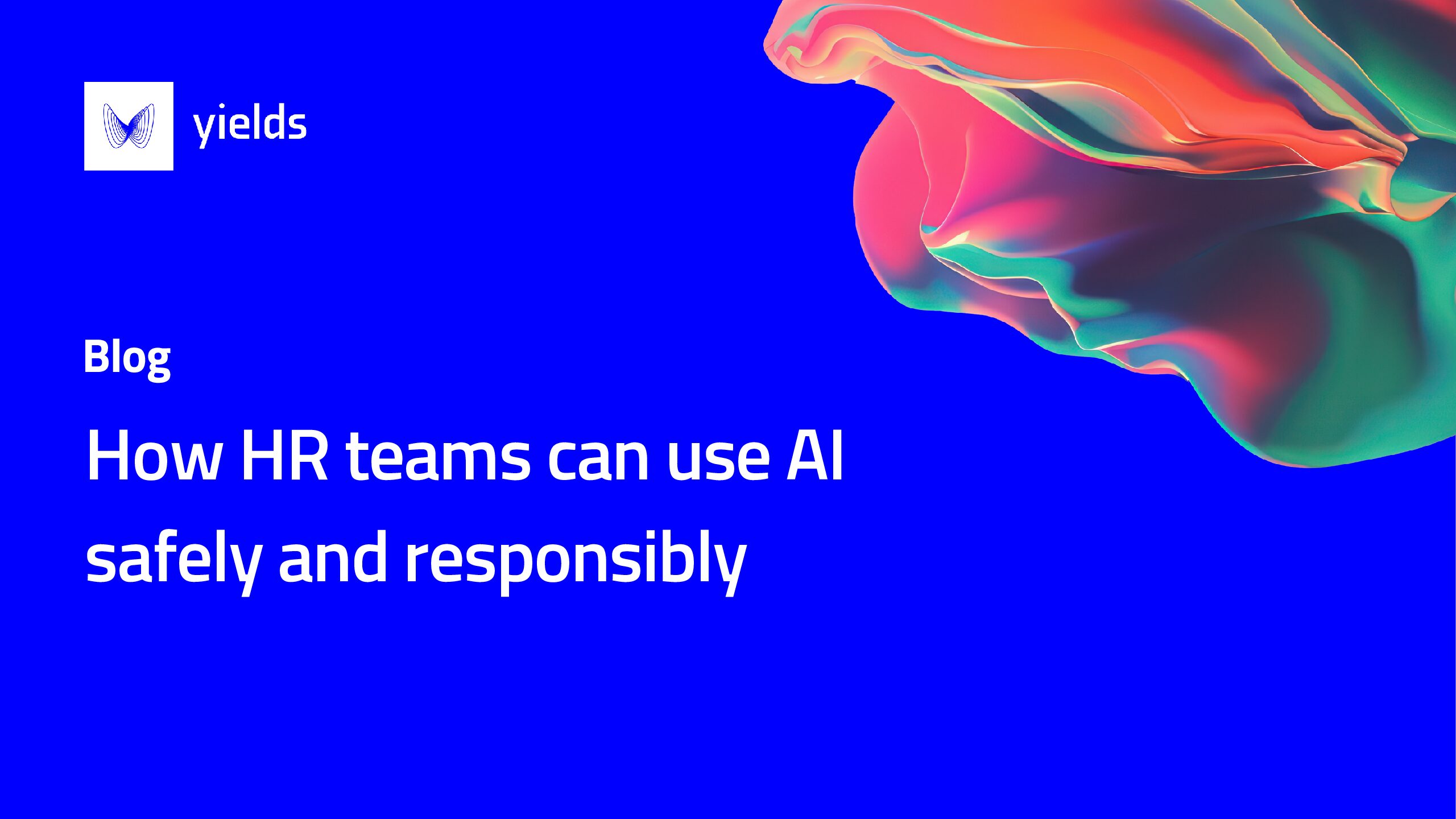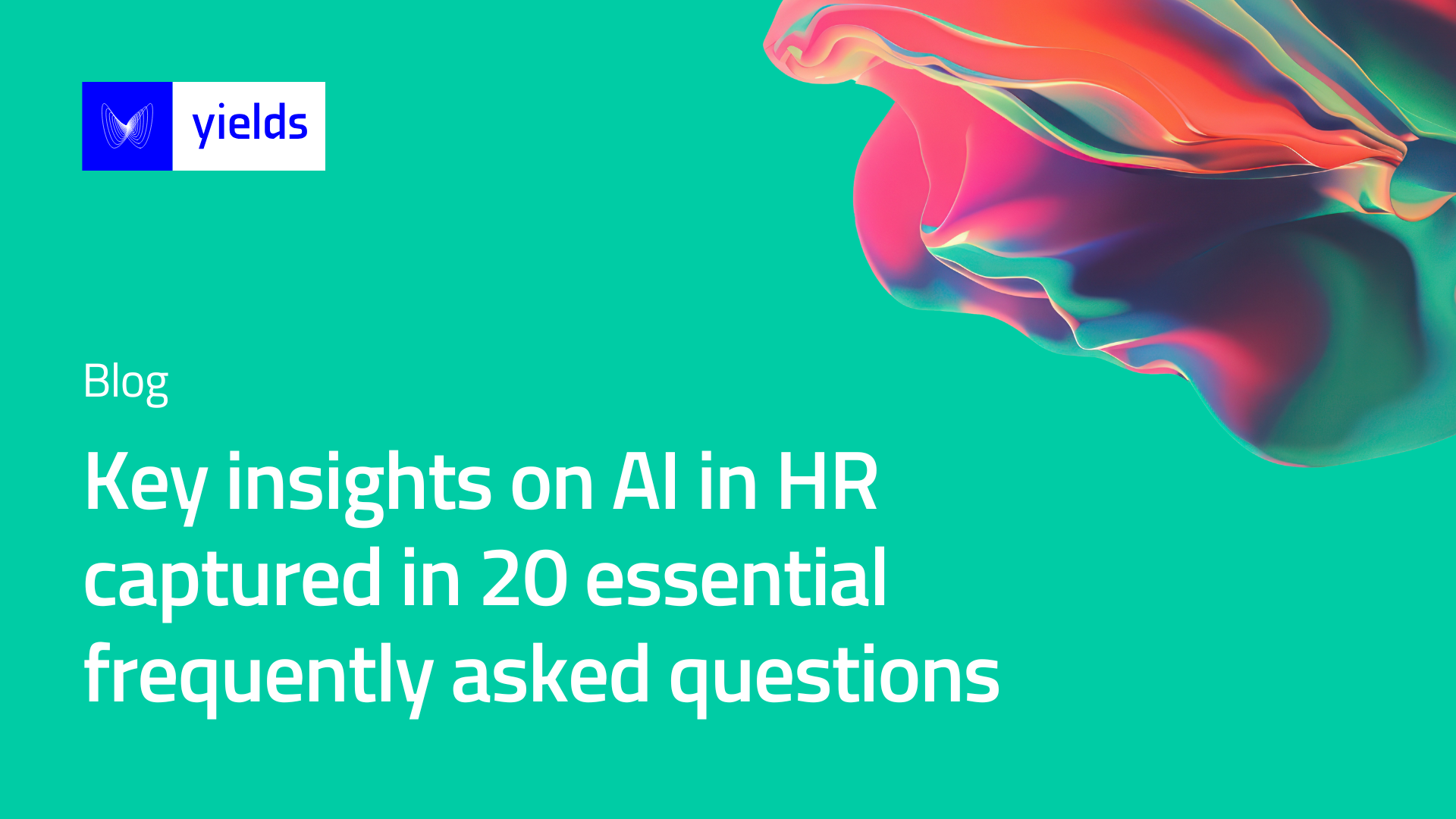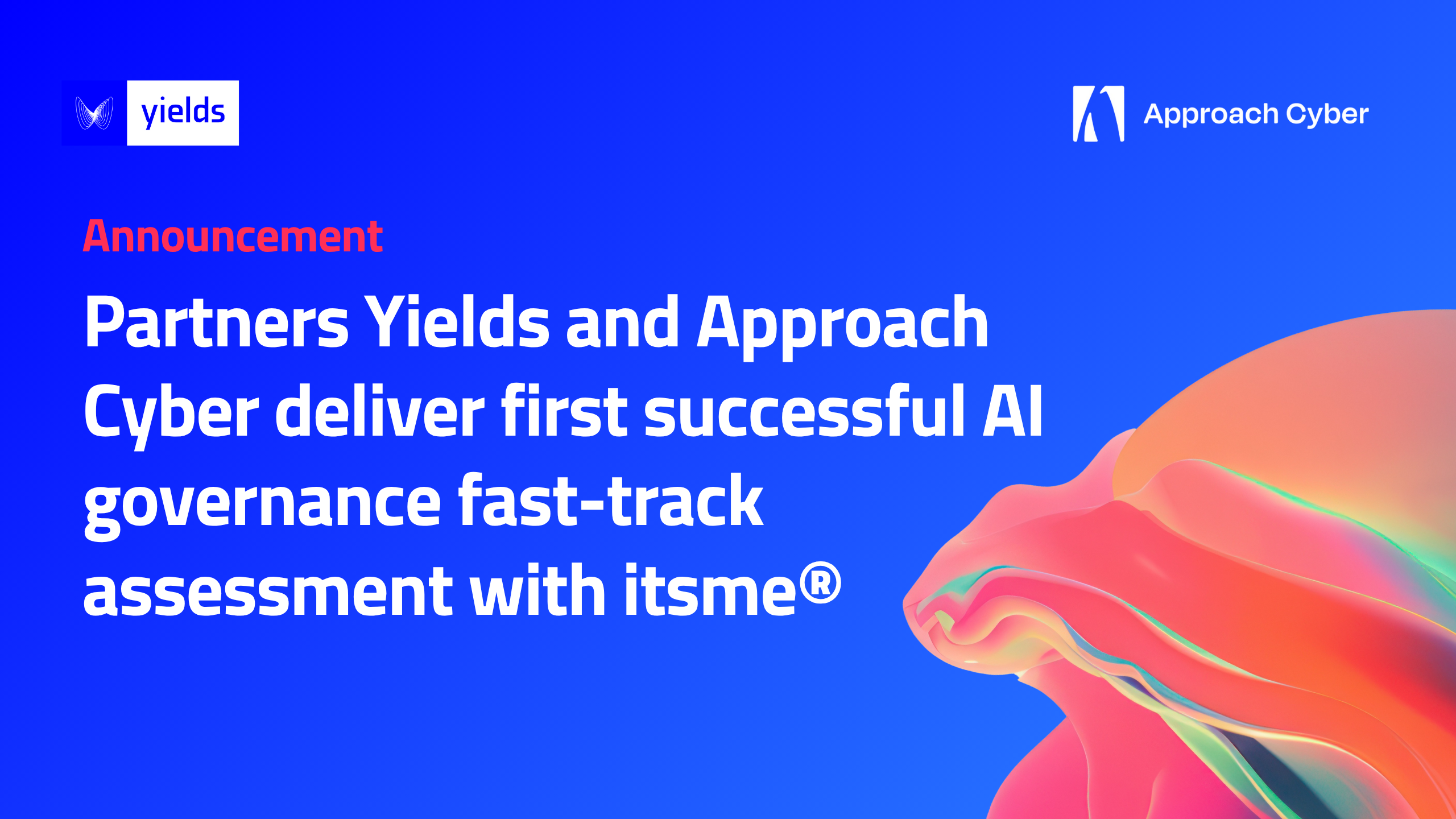Who’s responsible for trustworthy AI? Defining roles in AI Governance
As AI becomes more embedded in business-critical processes, having a well-structured governance framework is essential. A cornerstone of such a framework is clearly defined roles and responsibilities. Without clarity on who does what, gaps emerge, accountability blurs, and compliance efforts stall.
Assigning ownership for activities like documentation, validation, and monitoring ensures that AI systems are developed and deployed responsibly. It also makes your organization audit-ready and scalable, two non-negotiables in today’s regulatory climate, especially with laws like the EU AI Act on the horizon.
Let’s break down the key roles that make up a high-functioning AI governance structure:
The AI Governance roles that matter
1. AI Board
Strategic Oversight and Risk Alignment
This is the central authority driving AI governance across the organization. The board sets priorities, approves AI initiatives, and ensures that risk levels align with business appetite.
Key responsibilities:
- Approve or reject AI use cases and models based on readiness.
- Define governance standards and oversee exceptions.
- Align AI risk oversight with broader business and regulatory developments.
2. AI Use case owner
Accountability for Lifecycle Management
This role owns the full lifecycle of an individual AI system, from registration to deployment, and serves as the main contact point for that use case.
Key responsibilities:
- Register AI systems in the internal inventory.
- Drive risk assessments and ensure proper documentation.
- Oversee implementation and compliance with approved controls.
3. Model developer (ML Engineer / Data Scientist)
Model Design and Technical Execution
Model developers bring AI to life. They design, train, and test models using approved data and methods, always in close collaboration with governance stakeholders.
Key responsibilities:
- Build and test models using approved practices.
- Document technical decisions, data, and performance.
- Address feedback from validators and audits.
4. Independent validator
Assurance Through Independent Review
Validators are the critical checkpoint before deployment. Their independence helps ensure that models meet quality, fairness, and regulatory standards.
Key responsibilities:
- Review model logic, assumptions, and test rigor.
- Confirm documentation and compliance readiness.
- Approve models for release—or flag unresolved issues.
5. AI Governance & Compliance Officer
Policy Stewardship and Ethical Oversight
This role owns the governance framework itself, ensuring it evolves with new regulations and ethical expectations.
Key responsibilities:
- Maintain policies, templates, and control frameworks.
- Monitor compliance across the AI ecosystem.
- Evaluate AI for ethical risks like bias and explainability.
- Facilitate governance forums like the AI Board.
6. IT / Operations Lead
Secure and Scalable Deployment
IT plays a pivotal role in operationalizing AI safely. This includes managing infrastructure, observability, and incident response.
Key responsibilities:
- Operate CI/CD pipelines and production environments.
- Implement monitoring for issues like drift and latency.
- Ensure traceability and rollback mechanisms.
To conclude
A mature AI governance setup is more than a checklist, it’s a collaborative effort. When everyone knows their role, organizations are better equipped to manage risk, demonstrate compliance, and scale AI safely..
Want to know more about managing AI risks?
AI is transforming your business. But without the right governance, it’s a ticking time bomb. This whitepaper is your practical playbook for building robust, scalable, and EU AI Act-ready governance, without the bureaucracy.
This guide gives you:
- A clear, role-based AI governance model
- Concrete steps for identifying, assessing, and managing AI risks
- A lifecycle approach aligned with the EU AI Act
- Real-world case studies and common pitfalls
- Tips to embed trust and accountability into every AI system
Whether you’re starting your AI journey or scaling fast, this is the governance foundation you need to move with confidence.
Download the whitepaper now and start operationalizing trust in your AI.
Download whitepaper
Author

Jos Gheerardyn has built the first FinTech platform that uses AI for real-time model testing and validation on an enterprise-wide scale. A zealous proponent of model risk governance & strategy, Jos is on a mission to empower quants, risk managers and model validators with smarter tools to turn model risk into a business driver. Prior to his current role, he has been active in quantitative finance both as a manager and as an analyst.





